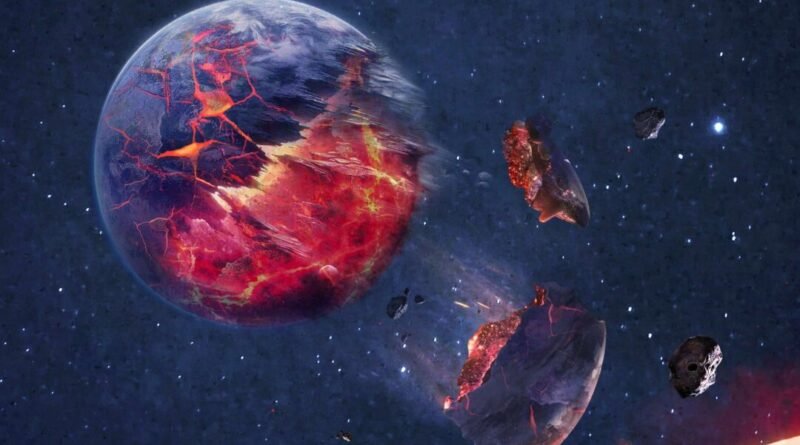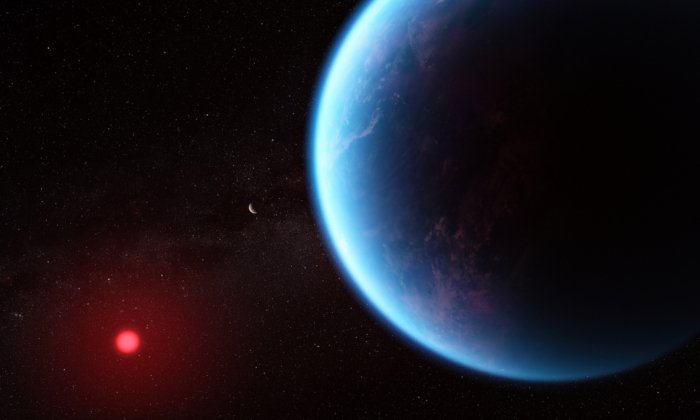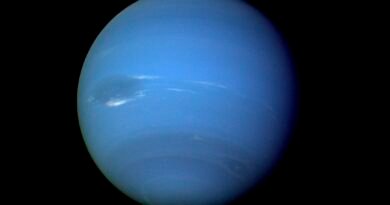Research on ‘Twin’ Stars Reveals That Some Are Devourers of Planets
WASHINGTON—The planetary system that includes Earth and its sibling planets orbiting the sun has remained remarkably stable for approximately 4.5 billion years. However, not all planetary systems are as fortunate, as shown in a recent study involving “twin” stars.
An analysis of 91 pairs of stars with similar sizes and chemical compositions revealed that a notable number displayed indications of having consumed a planet, likely after the planet was pushed out of a stable orbit due to various reasons, according to scientists on Wednesday.
The research focused on pairs of stars that originated from the same interstellar cloud of gas and dust—referred to as co-natal stars—resulting in identical chemical compositions, roughly equal mass, and age. These pairs, known as “twins,” move in the same direction within the Milky Way galaxy but are not gravitational binary systems comprised of two stars bound to each other.
When a star engulfs a planet, its chemical composition alters as it absorbs the elements from the doomed world. Researchers identified stars that differed from their twin because they exhibited higher levels of specific elements like iron, nickel, or titanium, suggesting remnants of a rocky planet.
“It’s the differences in elemental abundance between two stars in a co-natal system,” explained astronomer Fan Liu of Monash University in Australia, the lead author of the study published in Nature.
Out of the pairs studied, seven showed evidence of planetary ingestion by one of the stars.
Possible reasons for a planet plunging into its host star include orbital disturbances caused by larger planets or other stars passing too close, destabilizing the planetary system, as mentioned by the researchers.
“This emphasizes our fortunate position in the universe,” said astrophysicist and study co-author Yuan-Sen Ting of the Australian National University and Ohio State University. “The stability of a planetary system like the solar system is not guaranteed.”
Using the European Space Agency’s Gaia space observatory to identify the twins and telescopes in Chile and Hawaii to analyze their composition, the researchers found that the stars ranged from 70 to 960 light years away from our solar system.
While the researchers believe that the observed signs most likely indicated entire planets being consumed, there is a possibility that it was planetary building blocks consumed during the system’s initial planet formation period.
In their final stages, stars like our sun expand dramatically, ingesting planets with close orbits before collapsing into dense white dwarfs.
“We know that all stars like the sun will eventually become giant stars. The sun’s envelope will expand and eventually engulf Earth,” Ting explained.
Despite being in their prime, the stars in this study were not approaching the end of their lifecycles.
The study suggested that planetary system instability might be more prevalent than previously thought, with about 8% of the star pairs studied showing one star consuming a planet.
According to Ting, most planetary systems should remain stable, similar to our solar system, where planets are primarily influenced by their host star rather than their planetary siblings.
“However, for other planetary systems with different initial conditions and configurations, stability may be compromised, leading to chaotic dynamics,” Ting added.
The study indicates that “a non-negligible fraction of planetary systems are indeed unstable, meaning there are always planets being ejected or consumed,” Ting stated.
Given that only a small fraction of these rogue planets might end up being consumed by their host star instead of wandering the universe, there could be more of these planetary exiles than previously anticipated.
“Understanding the stability of planetary systems is a longstanding goal of planetary dynamics theorists,” Ting concluded.
By Will Dunham




